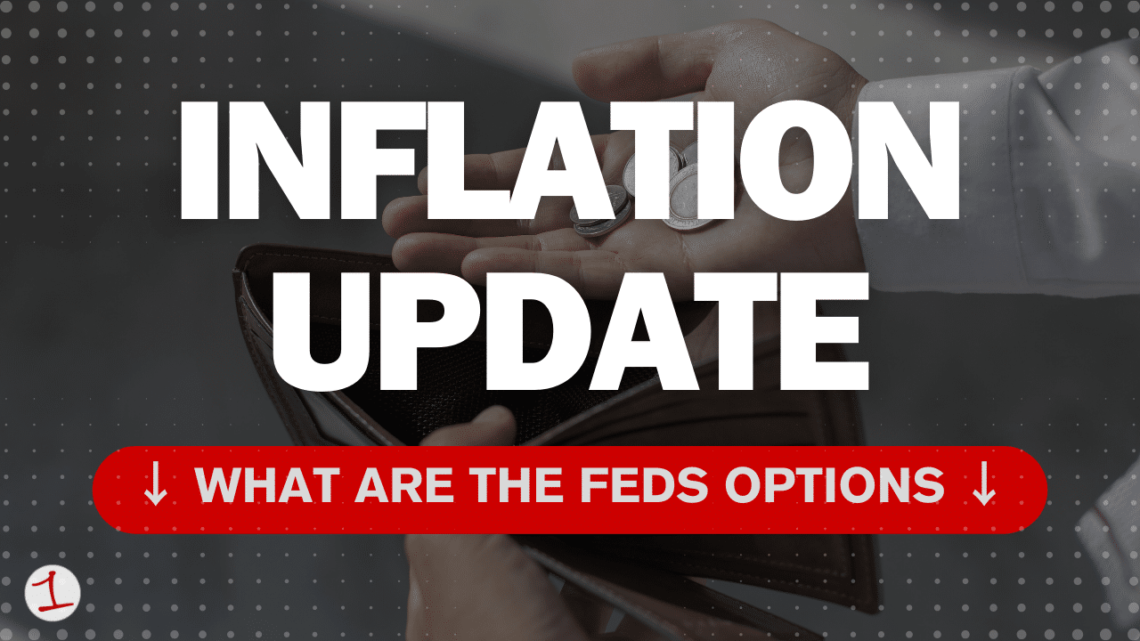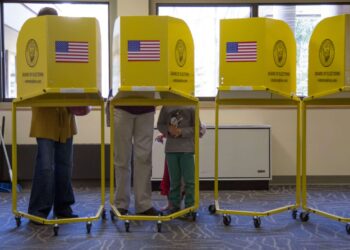Inflation’s Sticky Situation
In a recent Federal Reserve meeting, officials grappled with an inflation rate that’s stubbornly staying around 3.2 percent. This persistence sparks concerns about the Fed’s ability to bring inflation back to normal levels without hampering economic growth or causing significant unemployment. Despite high interest rates making loans and mortgages more expensive, the economic growth hasn’t hit a major roadblock, nor has unemployment surged dramatically.
Decision Time for the Fed
During their two-day policy meeting, the Fed was expected to maintain current interest rates, amidst speculations about future rate cuts. Previous projections from December hinted at three quarter-point reductions by the end of 2024. However, given the economy’s unexpected resilience and the stubbornness of inflation, there’s talk of possibly reducing the number of rate cuts to just two this year.
A Delicate Balance
The challenge for the Federal Reserve is to avoid cutting rates too soon and risk reigniting inflation. Economists like Joseph Davis from Vanguard suggest the economy is withstanding the high rates better than anticipated, advising against premature rate reductions. The Fed’s cautious approach aims to keep inflation in check without derailing the economy, a task made tricky by recent data showing inflation might not be cooling as hoped.
Market Reactions and Expectations
Investors are closely watching the Fed’s moves, adjusting their expectations for rate cuts based on the latest economic indicators. While there was a stronger belief in multiple rate cuts earlier, the consensus is shifting towards fewer adjustments, reflecting the complex landscape the Fed navigates in its efforts to stabilize prices without stifling economic vitality.
As the Federal Reserve continues its careful calibration of monetary policy, the broader economic implications of their decisions loom large, with inflation’s stubborn streak at the heart of their…
Read the full article here








